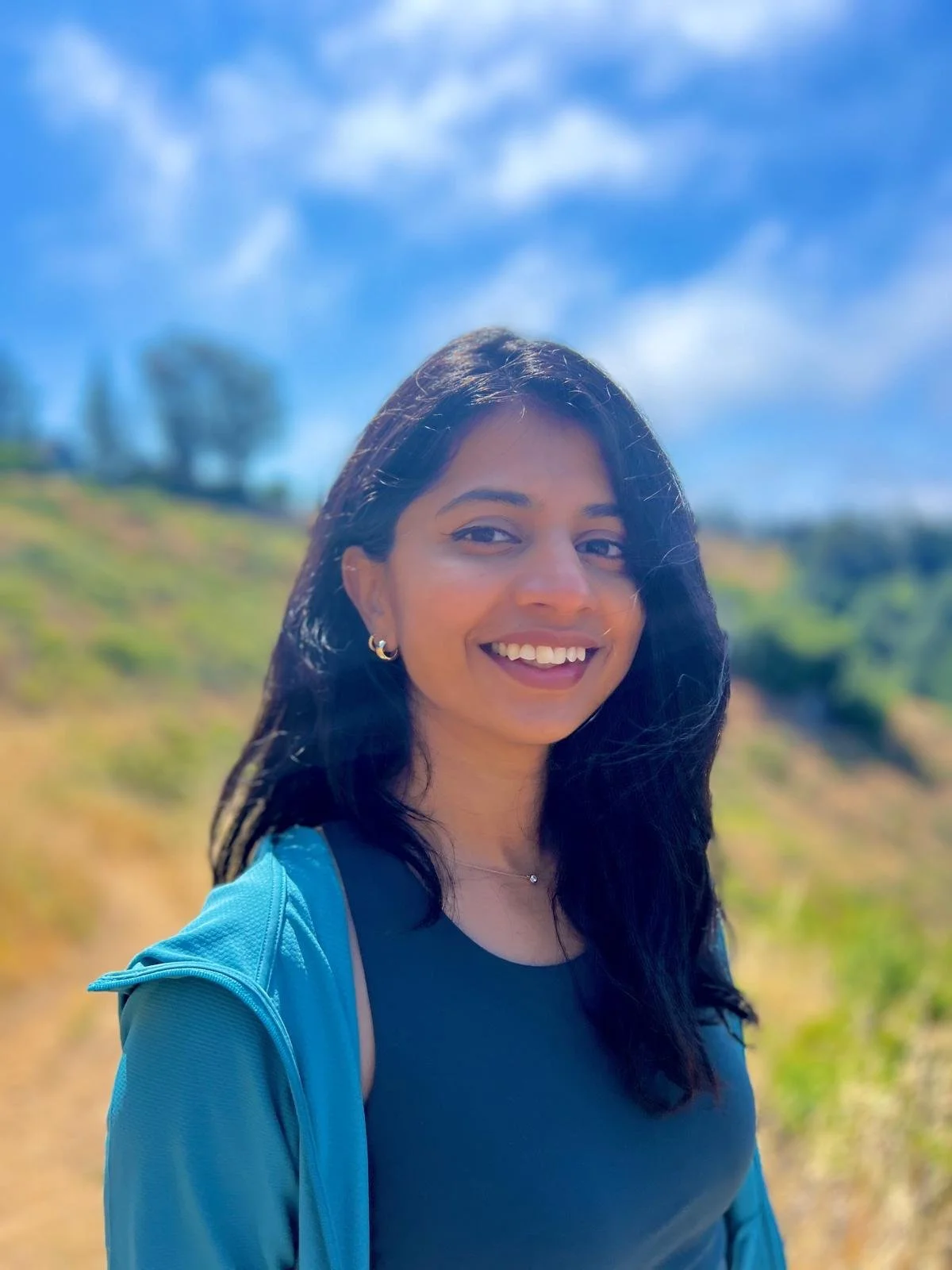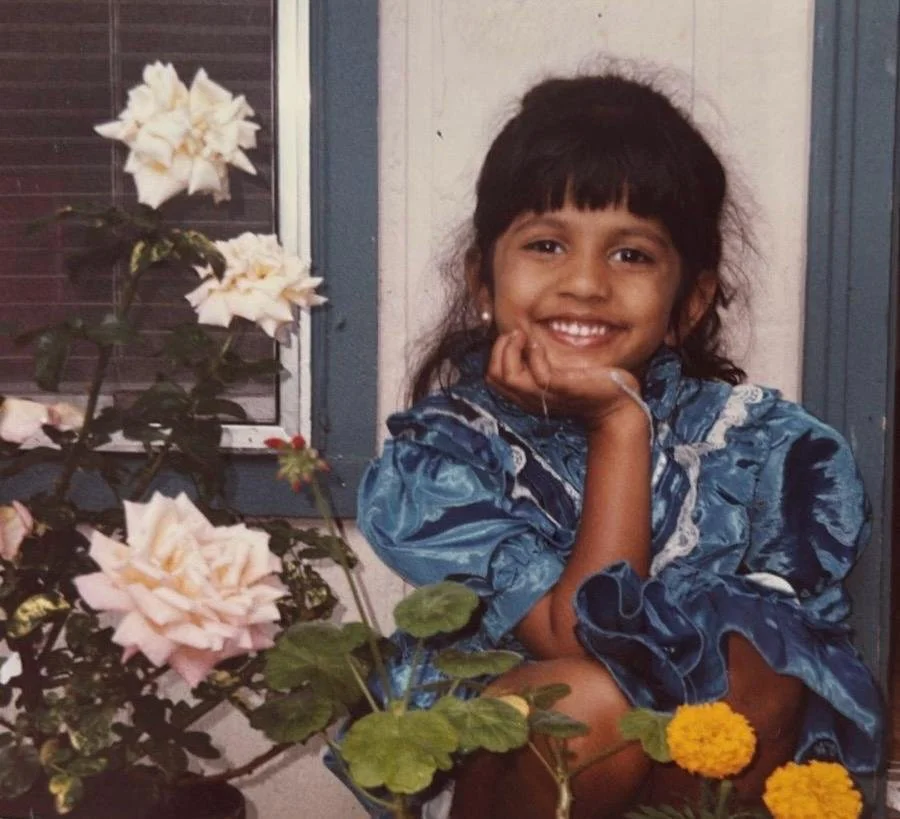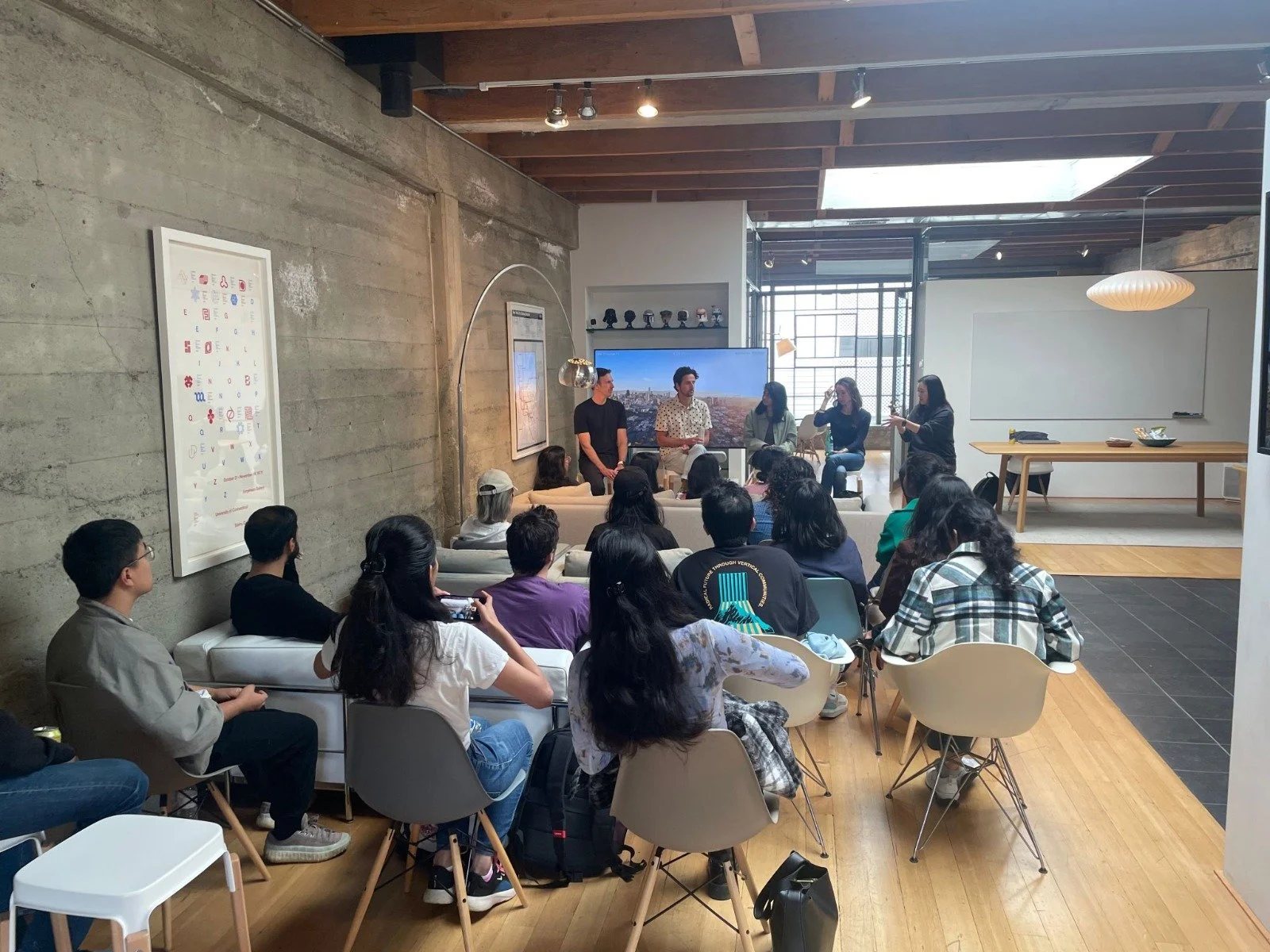Product Design and Strategy Consultant, San Francisco, CA
⭐Please introduce yourself and describe your career. What do you do for a living?
Hi, I’m Pooja! I help product owners, founders, and design leaders tackle complex problems, especially in moments of change. I do this by working closely with product designers and strategists at DesignMap, a product strategy and design consultancy in San Francisco. My title is Director of Engagement Management, but the reality is more fluid. Working at a smaller agency has given me space to grow beyond what I had been initially brought on for, project management, into something much broader. These days, my work blends strategy, research, design, collaboration, and client partnership, and I’ve learned how to move fluidly between them.
Some days I’m focused on the big picture, making sure our teams are aligned and delivering real value to our clients. Other days I’m in the details of a client’s product, helping shape the approach and asking the right questions as a thought partner and researcher. Outside of project work, I help DesignMap evolve from within, whether that’s improving how we work and manage projects, shaping new service ideas, or exploring how emerging AI tools can help us work smarter and more creatively.
⭐As a kid, what did you want to be when you grew up?
I wanted to be a doctor! Being South Asian probably had more than a little to do with that dream, but I always loved talking with and understanding people and was fascinated by the unseen world we carry around with us everyday. Biology and psychology made the invisible feel knowable, and that curiosity stuck with me.
⭐What did you study? How much schooling do you think is required to get into your role? What could you have skipped?
I went to a liberal arts college called Claremont McKenna in Southern California and majored in Science Management. What I do now has very little to do with my major, but studying liberal arts shaped how I think and learn in ways that still show up every day.
Liberal arts taught me to think across disciplines, ask better questions, and communicate clearly. It emphasized critical thinking and problem-solving over technical specialization, which turned out to be a great foundation for a role that requires adaptability and range.
So for me, it’s less about how much schooling you need, and more about how school helps you stay curious, communicate well, and learn from any context you land in.
⭐Was your path hard or smooth getting to where you are in your career? Can you describe what it was like on your journey so far?
Like most people, it wasn’t linear. I wandered, felt lost or misaligned at times, and then I’d turn a corner and uncover a new door that brought me closer to what felt right and energized me. I’m also not at the top of any metaphorical mountain and still figuring it out.
In college, I thought I was headed for a career in medicine. At some point, that dream stopped speaking to me as loudly as it once did. So after graduation, I gave myself permission to explore. To try things. To change course when something didn’t feel quite right.
Over the years, I built a wide range of experiences: selling products and services, managing projects, diving into product design, and doing strategic consulting. None of those shifts followed a neat five-year plan. Each one felt a little risky in the moment, but they all gave me something valuable to carry forward: a new skill, a fresh perspective, a meaningful connection, or a bit more confidence in the unknown.
Eventually, all of those experiences added up to something no one had told me to consider:
I couldn’t find my “perfect job” online, so I created it. DesignMap is a small firm and didn’t have a job posting for the role I was ultimately hired for. I found the team through my network, started asking questions, shadowed designers, and became deeply curious about their approach to design and consulting. I met with the CEO to learn more about the company’s vision and where there might be gaps. After a few great conversations, I knew I wanted to be part of the team. I reached back out, and together, we shaped a role that made sense for both of us.
From a recent panel speaking with design students from CCA (California College of the Arts)
⭐Walk us through your typical work day—when do you start, end, and do all day? (Where do you work from?)
I work mostly remotely, but head into the office for in-person workshops with clients, co-working days with the team, or industry events that we host - anything that gets me out of my bubble and into conversation with new people.
Working at a consultancy means no two weeks look exactly the same. My schedule shifts depending on the client, the phase of the project, and the team I’m working with. But on a typical day, you’ll find me doing things like:
Daily standups with my project teams
Reviewing designs and discussing feedback with clients
Co-facilitating remote workshops to help teams align and make decisions
Interviewing users or stakeholders to gather insights and evidence
Problem-solving in collaborative work sessions with my team
Meeting with DesignMap partners about sales, resourcing, or growing client accounts
Carving out at least one block of time for deep work
Three additional things I make time for each day:
Lunch (non-negotiable)
Some movement and mindfulness
1:1s with teammates to stay connected in a remote world :)
⭐What tools/resources do you frequently use? (Books, podcasts, mentors, wellness habits, software, etc.)
One book I’ll recommend that feels related to some of what I was reflecting on in writing for Her Career Story: Range, by David Epstein. He argues that generalists, the people who explore widely, stay curious, and learn across contexts, actually thrive when environments get more complex. Reading it felt like a permission slip to own the nonlinear path I was already on.
And, five tools I use daily and love:
FigJam: for non-linear thinking, collaborative workshops, brainstorming and synthesis.
Superhuman: for taming my inbox
Things 3: to keep track of day-to-day tasks
ChatGPT: for research synthesis, ideation and prompt building
Granola AI: for smarter note taking
⭐What is something you do when things get difficult? How do you handle stress/challenges?
When stress hits, I feel it in my body first. So I move: run, lift, yoga. That almost always gets me unstuck. I also prioritize reflection, journaling, and quality time with people I trust. The combo of embodiment and connection keeps me sane.
⭐What advice would you give to someone who is trying to figure out what they want to do (for work) in general?
In design thinking, we emphasize starting with divergent thinking before converging on a decision or idea. That concept applies really well to most areas of our lives as well, including those foggy moments in our careers. When you hit a wall and don’t know what step to take next, diverge, go broad, try new things, challenge your limiting beliefs about what you are capable of or think you should do. Treat new challenges as tiny experiments that might fail, and in that process, something will click!
A piece of advice I love, not my own, and related to this, is from Anne-Laure Le Cunff, a neuroscientist who introduced the idea of “self-anthropology”: treating your own life as a research project by asking, What gives me energy? What drains my energy? It helps turn confusion into curiosity, so you can approach new opportunities as learning experiments rather than high-stakes decisions.
⭐Do you have any mentors or key pieces of career advice that helped you get to where you are today?
Self-advocacy matters. Especially for women. It’s easy to feel like we haven’t done enough to ask for more, but that’s rarely true. Know your value, and speak up for yourself.
Stay open. Some of my best opportunities came from casual conversations. I rarely say no to a coffee chat or industry event because I believe there’s always something to learn from someone else’s context: even if it's just a spark of a new idea or a different way of looking at a problem.
Zoom out. One of the most lasting lessons came from my dad, who taught me to always understand how my work fits into the bigger picture. That mindset stuck. I never want to operate in a silo. I’m always thinking about how my work connects to team goals, supports other functions, and contributes to the business overall.
Along the way, I’ve also been inspired by women who lead with empathy, confidence, and emotional intelligence. These women take up space without trying to emulate traditional leadership styles, and earn trust simply by being themselves. I’ve learned a lot just by watching how they show up and create room for others to do the same.
⭐What excites you about the future OR what's up next for you in the near future? (Could be career-related, life-related, or even a future career pivot / path)
I’m energized by the way work is shifting right now. AI is speeding things up, streamlining tasks, helping small teams move faster, and lowering the barrier to building and creating. That changes who gets to participate and how work actually gets done.
As more of the repetitive work gets automated, roles are moving upstream and focused on the bigger questions: What should we build? Why does it matter? Who is it for? I think we’ll start seeing smaller teams, more hybrid roles, and entirely new paths that don’t exist yet.
But, it’s not all excitement. These shifts can also feel disorienting. I carry the unease too. The same technology unlocking new possibilities is also changing the landscape of work and disrupting familiar paths in ways we can’t fully predict.
That’s why I keep coming back to the idea of range, not just as a skillset, but as a mindset. The generalists, connectors, thoughtful problem-solvers, the ones who can flex across disciplines and stay curious, are the ones who will thrive. And I’m here for it.
⭐Where can readers find/connect with you if they have questions? OR How can we support you?
If any of this resonates, I’d love to connect. You can find me here on LinkedIn. I'd genuinely love to hear your story too.




